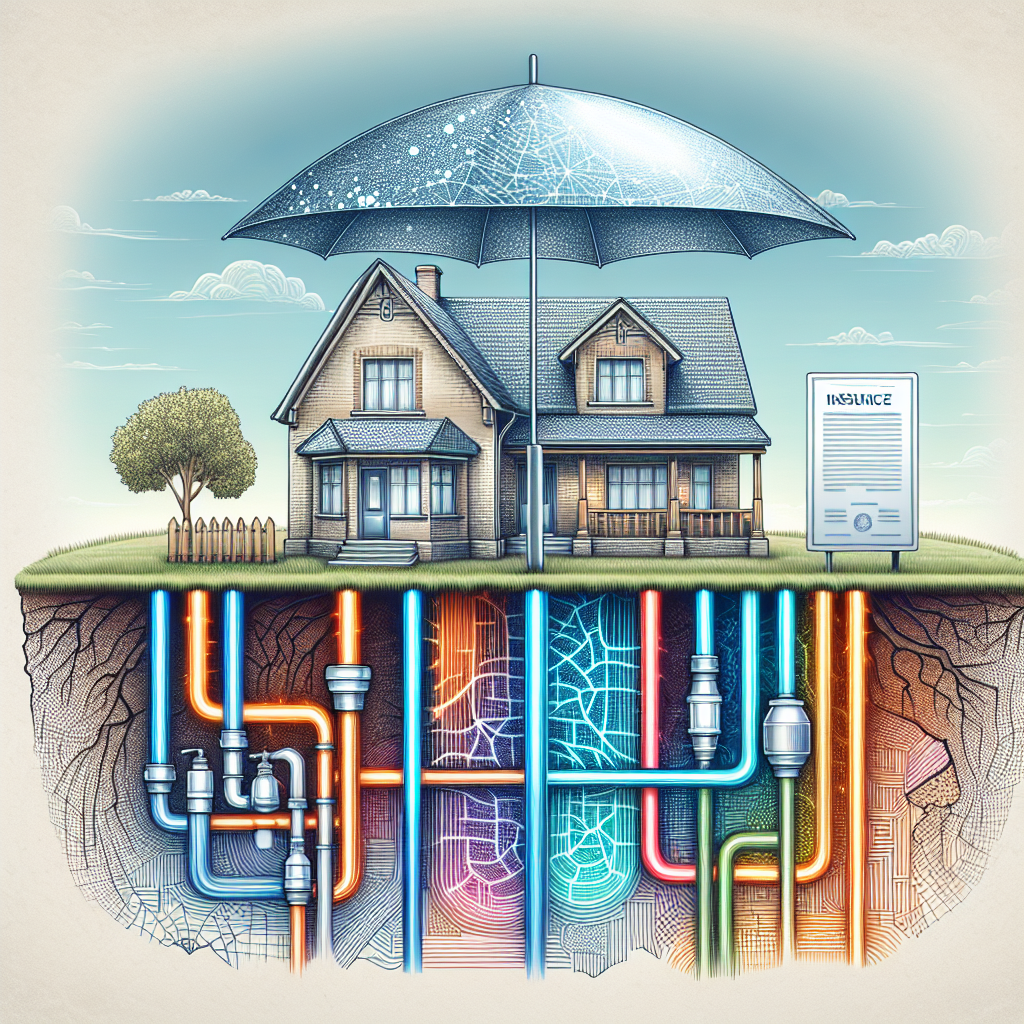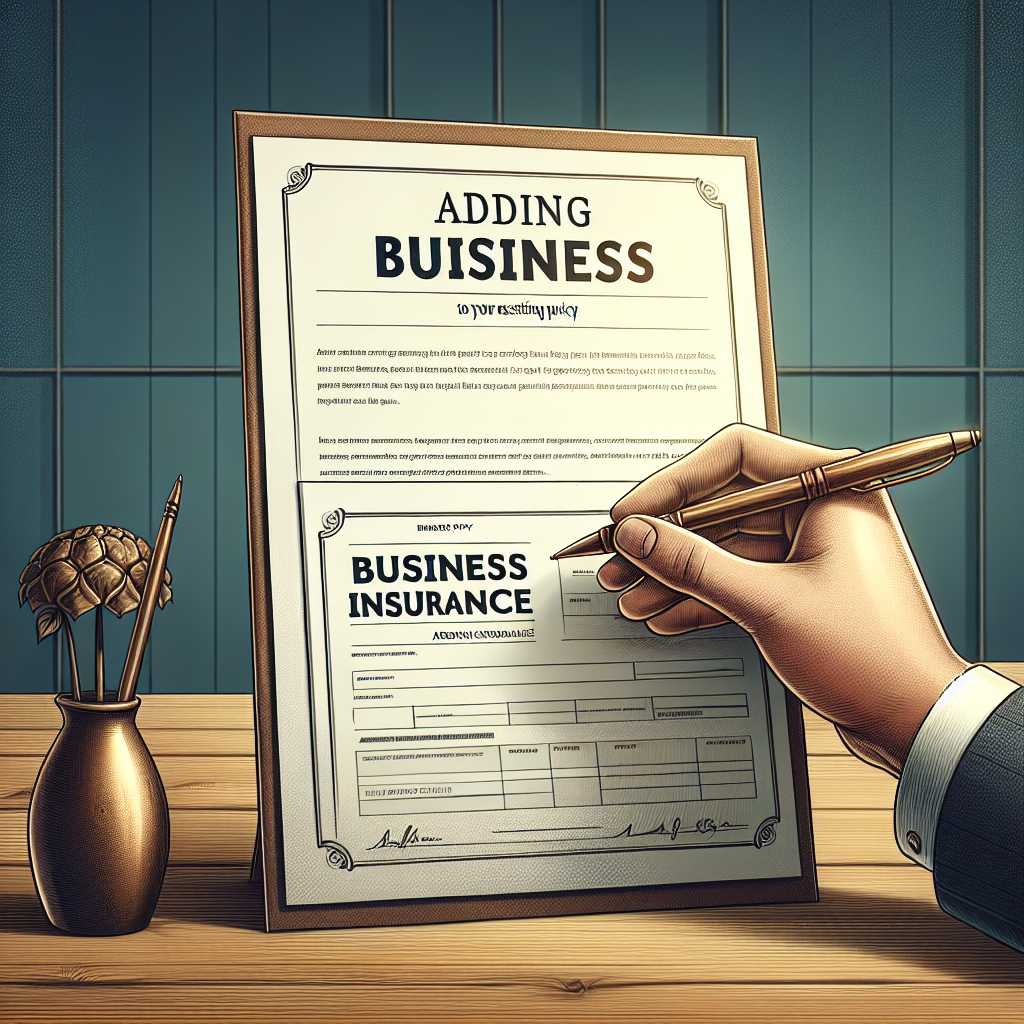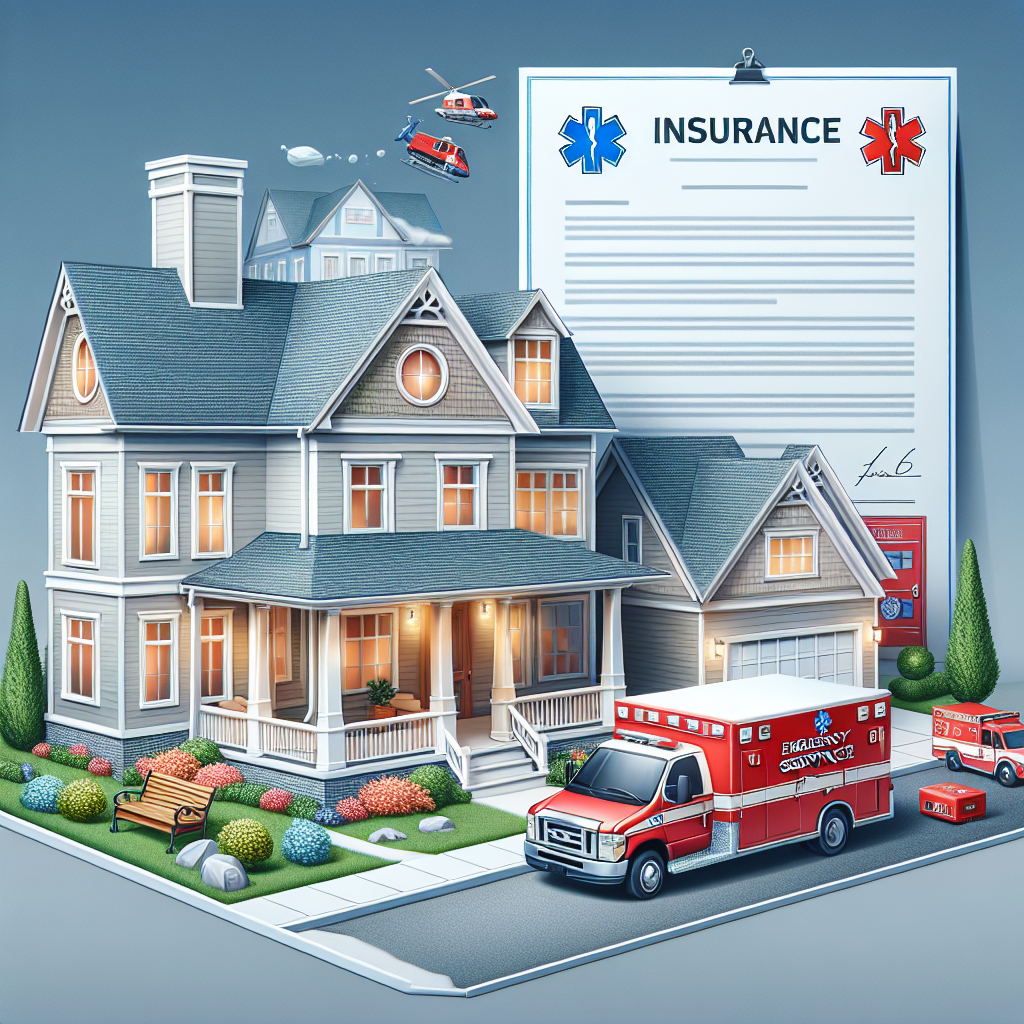Filed under Home Insurance on
Service Line Coverage in Home Insurance Explained

Understanding the intricacies of home insurance can be challenging. One of the lesser-known but crucial aspects is service line coverage. In this guide, we will unravel the nuances of service line coverage in home insurance—what it is, why it’s important, and how it can benefit homeowners. If you're a homeowner or prospective homebuyer, learning about this coverage could save you significant stress and expenses down the line.
What is Service Line Coverage?
Service line coverage is an insurance provision designed to cover the repair or replacement costs of underground utility lines. These lines typically include water pipes, power cables, and communication lines that run from the street to your home.
Standard homeowners insurance policies usually do not cover these lines, making service line coverage an essential add-on for many property owners. This coverage can protect against damages caused by wear and tear, rust, corrosion, or other unforeseen issues.
Why is Service Line Coverage Important?
Service line failures can lead to significant inconveniences and expensive repairs. Without proper coverage, homeowners might face substantial out-of-pocket expenses. Here are a few reasons why service line coverage is beneficial:
- Financial Protection: The cost of repairing underground lines can range from hundreds to thousands of dollars. Service line coverage provides financial protection against these unexpected expenses.
- Reduced Stress: Knowing you have the right coverage can alleviate the stress of dealing with damages and repairs.
- Comprehensive Coverage: This insurance typically covers excavation costs, materials, and labor associated with repairs.
- Enhanced Property Value: Having comprehensive home insurance, including service line coverage, can make your property more attractive to potential buyers.
How Does Service Line Coverage Work?
Service line coverage typically works alongside your standard homeowners insurance but focuses specifically on the external lines leading to your property. Here’s a basic outline of how it functions:
- Assessment: When you report a problem, the insurer assesses the damage to determine if it's eligible for coverage.
- Claim Process: After confirming coverage, you file a claim. The insurer will then guide you through the repair process, covering associated costs within the policy limits.
- Exclusions: It’s important to note potential exclusions. For instance, damages resulting from negligence may not be covered.
What Does Service Line Coverage Typically Include?
Service line coverage often encompasses a range of utilities. Here’s a closer look at what’s usually covered:
- Water Lines: Covers damage to pipes carrying water to your home.
- Sewer Lines: Includes repairs for sewage pipes running from your home to the main sewer.
- Electrical Cables: Protects the electrical lines essential for powering your home.
- Gas Lines: Ensures coverage for underground gas pipes.
- Telecommunication Lines: Covers internet and phone lines that connect your home to external networks.
Industry Trends and Insights
The demand for service line coverage is growing, driven by increasing awareness among homeowners. According to industry reports, the average age of infrastructure in the U.S. is rising, leading to more frequent utility failures. This trend underscores the importance of adequate protection, making service line coverage an attractive option.
Insurance experts advocate for this add-on as a preventive measure, highlighting its value in minimizing unforeseen repair bills. As utility systems age and urban infrastructure continues to face stress from environmental factors, service line coverage is becoming more pertinent.
What to Consider When Adding Service Line Coverage
Before adding service line coverage to your policy, consider these factors:
- Policy Limits: Understand the maximum payout your insurer offers for service line issues.
- Deductibles: Determine what deductible applies and how it affects your out-of-pocket expenses.
- Coverage Specifics: Pay close attention to what is covered and any exclusions that may exist.
- Cost: Evaluate the additional premium cost against potential savings on repair bills.
- Provider Reputation: Research insurer reputation and customer service standards.
FAQs About Service Line Coverage
Is service line coverage included in standard home insurance?
Typically, standard homeowners insurance policies do not include service line coverage. It is usually offered as a rider or an add-on that you can purchase separately.
Can I manage without service line coverage?
While not mandatory, service line coverage provides peace of mind and financial protection. Deciding not to have it could mean facing significant repair costs if a problem arises.
How do I add service line coverage to my policy?
Contact your insurance provider to discuss options for adding this coverage. They can offer guidance on customizing your plan to fit your needs.
How much does service line coverage typically cost?
Costs can vary widely based on location, provider, and home specifics. On average, adding service line coverage might cost about $20 to $50 annually, a small investment for substantial protection.
Conclusion
In today’s world, protecting your home goes beyond just the visible structure. Service line coverage in home insurance is a critical component for safeguarding against unseen damages that could lead to significant costs and disruptions. By understanding what service line coverage offers and how it works, homeowners can make informed decisions to enhance their insurance portfolios effectively.
As infrastructure continues to age and environmental stresses mount, the foresight of integrating service line coverage into your home insurance strategy can prove invaluable, providing added security and peace of mind for years to come.





